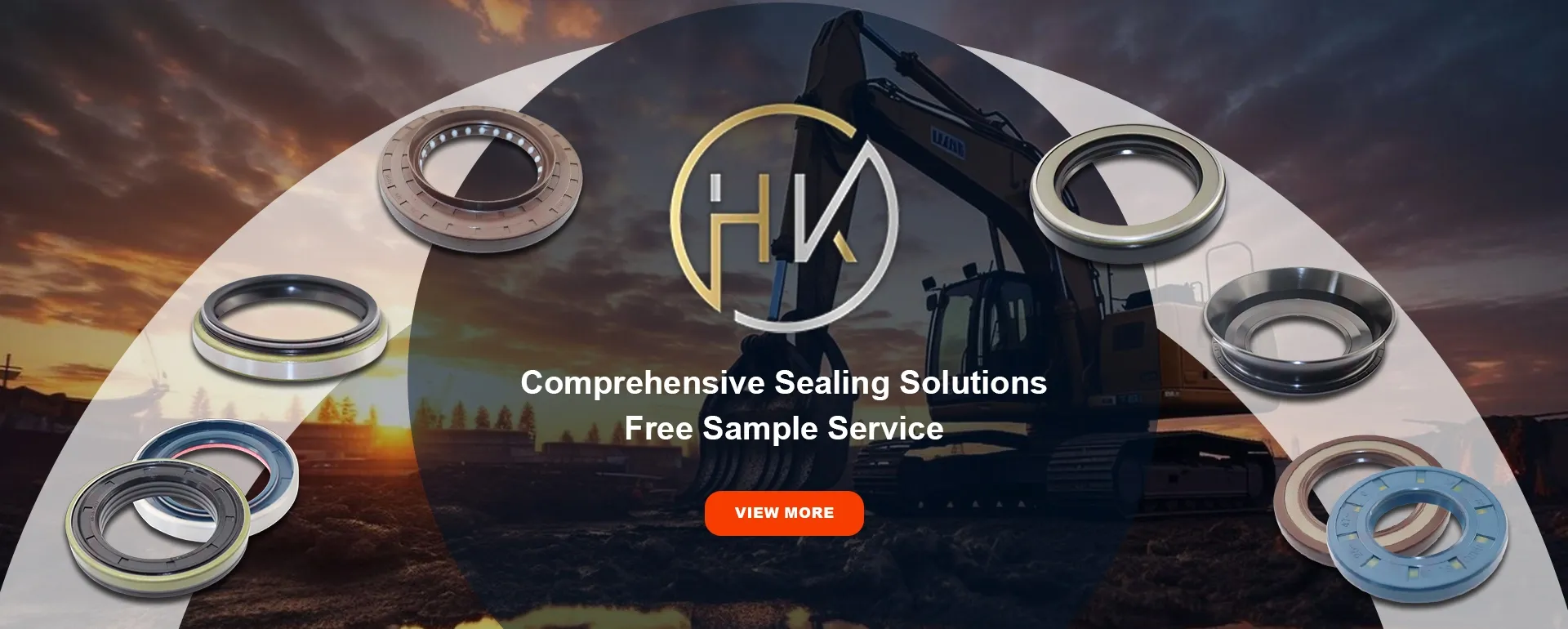Nov . 09, 2024 13:01 Back to list
Understanding the Importance of Shaft Oil Seals in Machinery Maintenance and Performance
Understanding Shaft Oil Seals A Key Component in Machinery
Shaft oil seals are critical components in various industrial applications, particularly in machinery involving rotating shafts. They play a vital role in ensuring the smooth operation and longevity of equipment by preventing the leakage of lubricants and the ingress of contaminants. In this article, we will explore the function, types, manufacturing materials, and installation techniques of shaft oil seals, as well as their importance in maintaining the integrity of mechanical systems.
What is a Shaft Oil Seal?
A shaft oil seal, sometimes referred to as a rotary shaft seal, is a mechanical part designed to seal the interface between a stationary and a rotating component. Its primary function is to keep lubricants contained within a housing while preventing dirt, dust, and moisture from entering the internal mechanisms. Typically made of rubber, elastomers, or polymer materials, oil seals create a tight seal around the shaft to mitigate leaks and ensure optimal performance.
Functions of Shaft Oil Seals
The primary roles of shaft oil seals are
1. Leak Prevention Oil seals prevent lubricants, such as oil and grease, from leaking out of machinery components. This is essential for maintaining oil levels, which are crucial for lubrication and cooling.
2. Contaminant Exclusion These seals protect internal machinery from unwanted contaminants such as dirt, dust, and water, which could lead to premature wear, corrosion, and ultimately failure of components.
3. Pressure Maintenance In dynamic environments, oil seals help maintain pressure within systems, ensuring that lubricants circulate efficiently and effectively within the machinery.
4. Vibration Mitigation By providing a snug fit around the shaft, oil seals can help dampen vibrations generated by machinery, contributing to smoother operation and reduced noise levels.
Types of Shaft Oil Seals
Shaft oil seals come in various types, designed to suit different applications
1. Single Lip Seals These seals feature one sealing lip that makes contact with the shaft, commonly used in low-pressure applications.
2. Double Lip Seals With two sealing lips, these seals provide enhanced protection against contaminants and are ideal for environments with higher levels of dust and grit.
3. Spring Loaded Seals These seals incorporate a spring mechanism to apply constant pressure on the sealing lip, ensuring a reliable seal even under conditions of wear or shaft misalignment.
shaft oil seal

4. Custom Seals For specialized applications, manufacturers can create custom seals tailored to specific dimensions, materials, and performance requirements.
Materials Used in Manufacturing
Shaft oil seals are made from various materials, depending on the operational requirements of the machinery. Some common materials include
1. Nitrile Rubber (NBR) Known for its excellent oil resistance, NBR is a popular choice for many applications, particularly in automotive and industrial machinery.
2. Fluoroelastomers (FKM) These materials excel in high-temperature environments and provide superior chemical resistance, making them suitable for demanding applications.
3. Polyurethane This material offers high wear resistance and flexibility, often used in applications where extreme conditions are present.
4. Silicone Known for its thermal stability and flexibility, silicone seals are ideal for applications subject to extreme temperature fluctuations.
Installation Techniques
Proper installation of shaft oil seals is crucial for their effectiveness. Here are some essential tips
1. Clean the Shaft Before installation, ensure the sealing surface of the shaft is clean and free from debris. Any dirt or grime can compromise the seal's effectiveness.
2. Inspect the Housing Check the sealing surface in the housing for scratches or imperfections, which could cause leaks.
3. Lubricate the Seal Apply a thin layer of lubricant on the sealing lip to ease the installation process and minimize wear.
4. Use the Right Tools Utilize appropriate tools to press or drive the seal into place without damaging it.
Conclusion
In summary, shaft oil seals are integral components that ensure the efficient operation of machinery by preventing fluid leakage and protecting against contaminants. By understanding the functions, types, materials, and installation techniques involved, maintenance professionals can enhance the performance and durability of mechanical systems. Investing in quality shaft oil seals and ensuring their proper installation can ultimately lead to significant cost savings and increased equipment reliability.
-
The Trans-formative Journey of Wheel Hub Oil Seals
NewsJun.06,2025
-
Graphene-Enhanced Oil Seals: Revolutionizing High-Pressure Oil Sealing
NewsJun.06,2025
-
Future of Hydraulic Sealing: Advanced Intelligent TCN Oil Seals
NewsJun.06,2025
-
Don’t Let a Broken TCV Oil Seal Ruin Your Day
NewsJun.06,2025
-
Bio-Inspired Dust Seals for Better Sealing Performance
NewsJun.06,2025
-
Biodegradable and Sustainable Hydraulic Seal Materials
NewsJun.06,2025
-
Top Oil Seal Solutions for Your Industrial Needs
NewsMay.22,2025
Products categories
















